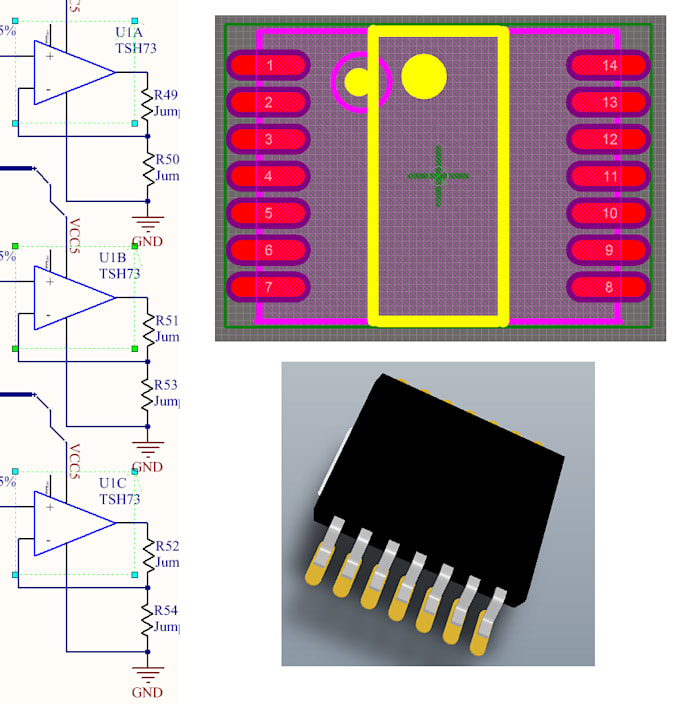

By default, the library filename is set to whatever your project file is named. When finished, the new symbol library will be added to your project and opened in Altium. If you select "Process only the first instance and ignore the rest" and then click "Remember the answer and don't ask again", it will only create one schematic symbol per Library Reference. There's no need to have several different capacitor (or inductor, resistor, etc) symbols in your symbol library - you just need to make sure you edit/verify the component parameters when you add the component to your schematic.

Two of the capacitors in my schematic use the same symbol but have different part number fields ("different internal structure" in Altium-speak). (which you should be!), Altium will flag components with the same Library Reference but different parameters. However, if you use part parameters to store information like part numbers, vendor links, etc. Schematic Libraryįrom the Schematic Editor, select Design -> Make Schematic Library.Īltium will convert each component on your schematic into a library component and will use the Library Reference parameter to name each component. If so, have no fear: you can recover the footprints easily and automatically. Have you ever opened an Altium project only to discover that a Footprint or Schematic Library file is missing? Maybe your coworker forgot to commit the files to version control, or forgot to include them in the.


 0 kommentar(er)
0 kommentar(er)
